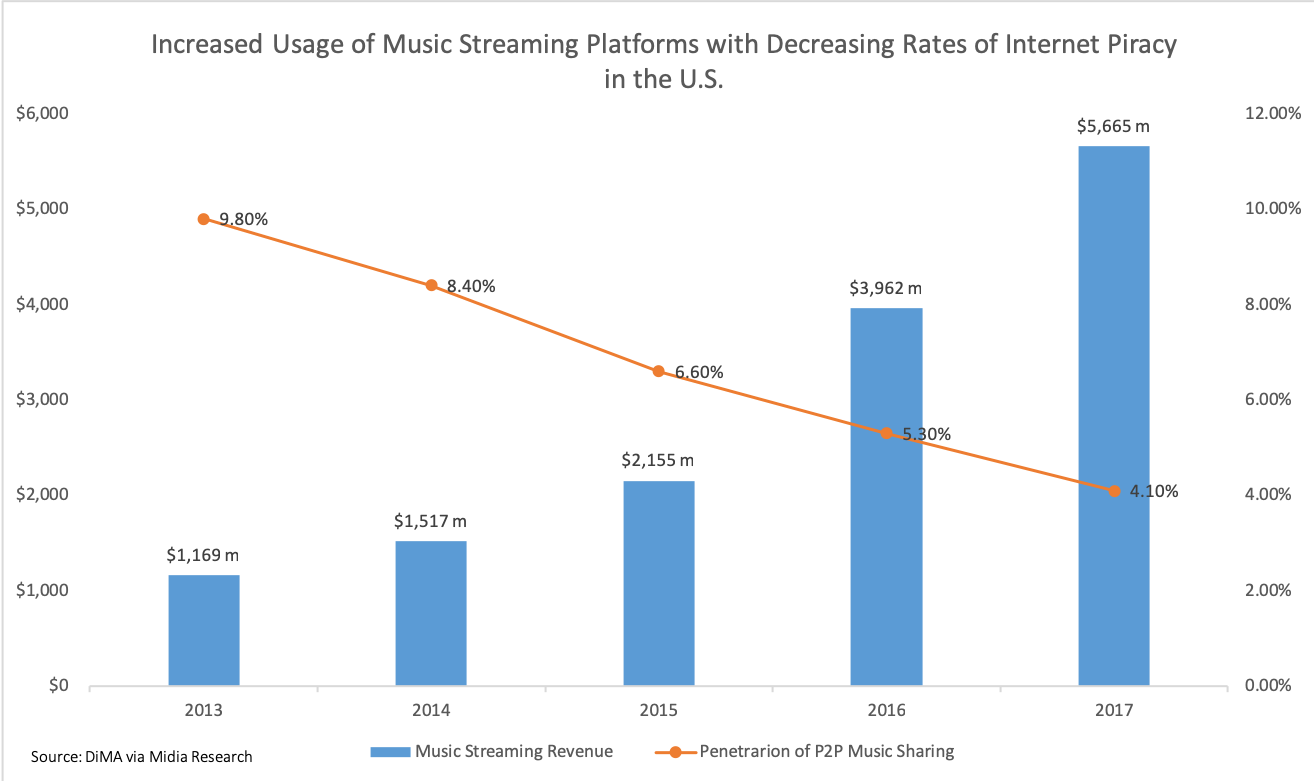|
IEEE 802.1Qat
Stream Reservation Protocol (SRP) is an enhancement to Ethernet that implements admission control. In September 2010 SRP was standardized as IEEE 802.1Qat which has subsequently been incorporated into IEEE 802.1Q-2011. SRP defines the concept of streams at layer 2 of the OSI model. Also provided is a mechanism for end-to-end management of the streams' resources, to guarantee quality of service (QoS). SRP is part of the IEEE Audio Video Bridging (AVB) and Time-Sensitive Networking (TSN) standards. The SRP technical group started work in September 2006 and finished meetings in 2009. Description SRP registers a stream and reserves the resources required through the entire path taken by the stream, based on the bandwidth requirement and the latency which are defined by a stream reservation traffic class. ''Listener'' (stream destination) and ''Talker'' (stream source) primitives are utilized. Listeners indicate what streams are to be received, and Talkers announce the streams that c ... [...More Info...] [...Related Items...] OR: [Wikipedia] [Google] [Baidu] |
Ethernet
Ethernet ( ) is a family of wired computer networking technologies commonly used in local area networks (LAN), metropolitan area networks (MAN) and wide area networks (WAN). It was commercially introduced in 1980 and first standardized in 1983 as IEEE 802.3. Ethernet has since been refined to support higher bit rates, a greater number of nodes, and longer link distances, but retains much backward compatibility. Over time, Ethernet has largely replaced competing wired LAN technologies such as Token Ring, FDDI and ARCNET. The original 10BASE5 Ethernet uses a thick coaxial cable as a shared medium. This was largely superseded by 10BASE2, which used a thinner and more flexible cable that was both less expensive and easier to use. More modern Ethernet variants use Ethernet over twisted pair, twisted pair and fiber optic links in conjunction with Network switch, switches. Over the course of its history, Ethernet data transfer rates have been increased from the original to the lates ... [...More Info...] [...Related Items...] OR: [Wikipedia] [Google] [Baidu] |
Admission Control
Admission control is a validation process in communication systems where a check is performed before a connection is established to see if current resources are sufficient for the proposed connection. Applications For some applications, dedicated resources (such as a wavelength across an optical network) may be needed in which case admission control has to verify availability of such resources before a request can be admitted. For more elastic applications, a total volume of resources may be needed prior to some deadline in order to satisfy a new request, in which case admission control needs to verify availability of resources at the time and perform scheduling to guarantee satisfaction of an admitted request. Admission control systems *Asynchronous Transfer Mode * Audio Video Bridging using Stream Reservation Protocol * Call admission control *IEEE 1394 * Integrated services on IP networks *Public switched telephone network The public switched telephone network (PSTN) is the a ... [...More Info...] [...Related Items...] OR: [Wikipedia] [Google] [Baidu] |
IEEE 802
IEEE 802 is a family of Institute of Electrical and Electronics Engineers (IEEE) standards for local area networks (LANs), personal area networks (PANs), and metropolitan area networks (MANs). The IEEE 802 LAN/MAN Standards Committee (LMSC) maintains these standards. The IEEE 802 family of standards has had twenty-four members, numbered 802.1 through 802.24, with a working group of the LMSC devoted to each. However, not all of these working groups are currently active. The IEEE 802 standards are restricted to computer networks carrying variable-size packets, unlike cell relay networks, for example, in which data is transmitted in short, uniformly sized units called cells. Isochronous signal networks, in which data is transmitted as a steady stream of octet (computing), octets, or groups of octets, at regular time intervals, are also outside the scope of the IEEE 802 standards. The number 802 has no significance: it was simply the next number in the sequence that the IEEE used fo ... [...More Info...] [...Related Items...] OR: [Wikipedia] [Google] [Baidu] |
Streaming Media
Streaming media refers to multimedia delivered through a Computer network, network for playback using a Media player (other), media player. Media is transferred in a ''stream'' of Network packet, packets from a Server (computing), server to a client-server model, client and is rendered in real-time; this contrasts with file downloading, a process in which the end-user obtains an entire media file before consuming the content. Streaming is more commonly used for video on demand, streaming television, and music streaming services over the Internet. While streaming is most commonly associated with multimedia from a remote server over the Internet, it also includes offline multimedia between devices on a local area network. For example, using DLNA and a home server, or in a personal area network between two devices using Bluetooth (which uses radio waves rather than Internet Protocol, IP). Online streaming was initially popularized by RealNetworks and Microsoft in the 1 ... [...More Info...] [...Related Items...] OR: [Wikipedia] [Google] [Baidu] |
Layer 2
The data link layer, or layer 2, is the second layer of the seven-layer OSI model of computer networking. This layer is the protocol layer that transfers data between nodes on a network segment across the physical layer. The data link layer provides the functional and procedural means to transfer data between network entities and may also provide the means to detect and possibly correct errors that can occur in the physical layer. The data link layer is concerned with local delivery of frames between nodes on the same level of the network. Data-link frames, as these protocol data units are called, do not cross the boundaries of a local area network. Inter-network routing and global addressing are higher-layer functions, allowing data-link protocols to focus on local delivery, addressing, and media arbitration. In this way, the data link layer is analogous to a neighborhood traffic cop; it endeavors to arbitrate between parties contending for access to a medium, without con ... [...More Info...] [...Related Items...] OR: [Wikipedia] [Google] [Baidu] |
OSI Model
The Open Systems Interconnection (OSI) model is a reference model developed by the International Organization for Standardization (ISO) that "provides a common basis for the coordination of standards development for the purpose of systems interconnection." In the OSI reference model, the components of a communication system are distinguished in seven abstraction layers: Physical, Data Link, Network, Transport, Session, Presentation, and Application. The model describes communications from the physical implementation of transmitting bits across a transmission medium to the highest-level representation of data of a distributed application. Each layer has well-defined functions and semantics and serves a class of functionality to the layer above it and is served by the layer below it. Established, well-known communication protocols are decomposed in software development into the model's hierarchy of function calls. The Internet protocol suite as defined in and is a model of net ... [...More Info...] [...Related Items...] OR: [Wikipedia] [Google] [Baidu] |
Quality Of Service
Quality of service (QoS) is the description or measurement of the overall performance of a service, such as a telephony or computer network, or a cloud computing service, particularly the performance seen by the users of the network. To quantitatively measure quality of service, several related aspects of the network service are often considered, such as packet loss, bit rate, throughput, transmission delay, availability, jitter, etc. In the field of computer networking and other packet-switched telecommunication networks, quality of service refers to traffic prioritization and resource reservation control mechanisms rather than the achieved service quality. Quality of service is the ability to provide different priorities to different applications, users, or data Traffic flow (computer networking), flows, or to guarantee a certain level of performance to a data flow. Quality of service is particularly important for the transport of traffic with special requirements. In particula ... [...More Info...] [...Related Items...] OR: [Wikipedia] [Google] [Baidu] |
Audio Video Bridging
Audio Video Bridging (AVB) is a common name for a set of technical standards that provide improved synchronization, low latency, and reliability for switched Ethernet networks. AVB embodies the following technologies and standards: * IEEE 802.1AS-2011: Timing and Synchronization for Time-Sensitive Applications (gPTP); * IEEE 802.1Qav-2009: Forwarding and Queuing for Time-Sensitive Streams (FQTSS); * IEEE 802.1Qat-2010: Stream Reservation Protocol (SRP); * IEEE 802.1BA-2011: Audio Video Bridging (AVB) Systems; * IEEE 1722-2011 Layer 2 Transport Protocol for Time-Sensitive Applications (AV Transport Protocol, AVTP); and * IEEE 1722.1-2013 Device Discovery, Enumeration, Connection Management and Control Protocol (AVDECC). IEEE 802.1Qat and 802.1Qav amendments have been incorporated to the base IEEE 802.1Q-2011 document, which specifies the operation of Media Access Control (MAC) Bridges and Virtual Bridged Local Area Networks. AVB was initially developed by the Institute of ... [...More Info...] [...Related Items...] OR: [Wikipedia] [Google] [Baidu] |
Time-Sensitive Networking
Time-Sensitive Networking (TSN) is a set of standards under development by the Time-Sensitive Networking task group of the IEEE 802.1 working group. The TSN task group was formed in November 2012 by renaming the existing Audio Video Bridging, Audio Video Bridging Task Group and continuing its work. The name changed as a result of the extension of the working area of the standardization group. The standards define mechanisms for the time-sensitive transmission of data over deterministic Ethernet networks. The majority of projects define extensions to the IEEE 802.1Q Bridges and Bridged Networks, which describes virtual LANs and network switches. These extensions in particular address transmission with very low latency and high availability. Applications include converged networks with real-time audio/video streaming and real-time control streams which are used in automotive applications and industrial control facilities. Background Standard information technology network equipm ... [...More Info...] [...Related Items...] OR: [Wikipedia] [Google] [Baidu] |
Hop (networking)
In wired computer networking a hop occurs when a packet is passed from one network segment to the next. Data packets pass through routers as they travel between source and destination. The hop count refers to the number of network devices through which data passes from source to destination (depending on routing protocol, this may include the source/destination, that is, the first hop is counted as hop 0 or hop 1). Since store and forward and other latencies are incurred through each hop, a large number of hops between source and destination implies lower real-time performance. Hop count In wired networks, the hop count refers to the number of networks or network devices through which data passes between source and destination (depending on routing protocol, this may include the source/destination, that is, the first hop is counted as hop 0 or hop 1). Thus, hop count is a rough measure of distance between two hosts. For a routing protocol using 1-origin hop counts (such a ... [...More Info...] [...Related Items...] OR: [Wikipedia] [Google] [Baidu] |
Multiple MAC Registration Protocol
Multiple Registration Protocol (MRP), which replaced Generic Attribute Registration Protocol (GARP), is a generic registration framework defined by the IEEE 802.1ak amendment to the IEEE 802.1Q standard. MRP allows bridges, switches or other similar devices to register and de-register attribute values, such as VLAN identifiers and multicast group membership across a large local area network. MRP operates at the data link layer. History GARP was defined by the IEEE 802.1 working group to provide a generic framework allowing bridges (or other devices like switches) to register and de-register attribute values such as VLAN identifiers and multicast group membership. GARP defines the architecture, rules of operation, state machines and variables for the registration and de-registration of attribute values. GARP was used by two applications: GARP VLAN Registration Protocol (GVRP) for registering VLAN trunking between multilayer switches, and by the GARP Multicast Registration Protocol ... [...More Info...] [...Related Items...] OR: [Wikipedia] [Google] [Baidu] |


